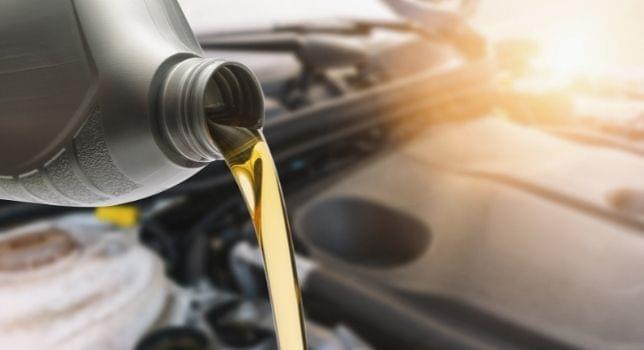Fluid susceptibility testing is an integral part of assessing how a material responds to a challenging end-use environment, where the conditions involve accidental or deliberate fluid exposure.
We provide overview of this service, and how the testing process helps our clients meet regulatory requirements or enhances their R&D programs.
Why is this testing undertaken?
For manufacturers this will most likely be regulatory or market driven. For material and product users the driver may vary, examples being R&D purposes, product or process validation, producing comparative data for materials or supplier changes.
How is the degradation assessed?
In testing materials for fluid susceptibility we undertake to evaluate the effects of fluids on materials supplied individually or as complete parts that may consist of a number of materials. After exposure to the substances an evaluation of any deterioration or discoloration is made, this is typically a visual examination but may also consist of materials properties testing or that a product continues to operate as intended.
What parameters are included as part of fluid susceptibility testing?
The test parameters are dictated by the governing test standard or customer specification. These will detail the specific methods of fluid application, fluid temperatures, environmental temperatures, test exposure periods and assessment criteria.
For many applications the common way of assessing for any deterioration is a visual check of the samples after fluid exposure. Others may also check for effects on materials properties, such as changes in tensile strength, hardness, mass and volume swell. If the test sample is a functioning part we can also perform functionality checks to see if there has been any deterioration.
What fluids can be used to assess material susceptibility?
We can test with any fluids as long as they can be accommodated within our health and safety framework.
We regularly test with the following classes of fluid:
- Hydraulic fluids
- Lubricating oils
- Solvents and cleaning fluids
- De-icing agents
- Insecticides
- Disinfectants
- Greases
- Extinguishing agents.
Where possible we will source and supply the required fluids for the test program.
How do test methods reflect real-world scenarios?
The test methods are used to expose the samples to the precise fluids and environments that they might see in their designed service application or by accidental exposure, using a level of contamination that reflects the possible in-service conditions. In this way a reliable estimation of the resistance of the material to a particular fluid or group of fluids can be made.
What is a popular component, product or material you see tested in the lab, and what would a testing program look like for it?
There is no typical material or component that we test. The samples can come from all areas of industry and in varying sizes and compositions. The largest size of sample we can test would be approximately 500mm3 with sizes going down to small nuts and washers through to material plaques.
Are there any specific standards that companies need to be aware of?
Each industry sector will have their own set of governing standards, company specific requirements or regulations. However, there is generally an underlying similarity to how these are structured and the test parameters will definitely be variations of a theme.
The list below reflects the specifications which are commonly requested, to which we are UKAS Accredited. It is by no means exclusive as it does not reflect the number of bespoke test programs for which we are approached:
- RTCA DO/160F - Fluids susceptibility
- RTCA DO/160G - Fluids susceptibility
- DEF STAN 00-35 - Test CN4 Contamination by fluids
- MIL-STD-810G – Method 504.2 Contamination by fluids
- BS 3G100-2.3- Fluid Contamination
- BS ISO 1817 – Rubber, vulcanized —Determination of the effect of liquids.
Other commonly requested standards include:
- BS EN 60068-2-74
- Range of ASTM standards
- Range of Automotive OEM specific methods.
Find out more about the
fluid contamination and susceptibility testing that Smithers offers.




